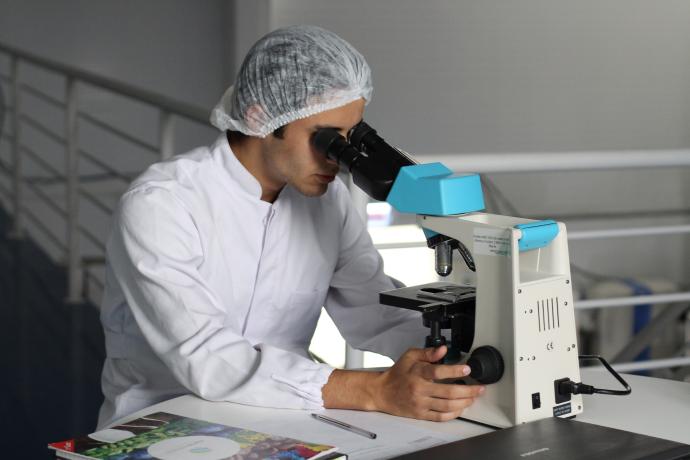As the new week rolled in, the scientific and clinical content of #WCE2021 continued to deliver. I was particularly impressed by the pain programming, as attendees were introduced to the most recent advancements in the field. Dr Paul Yong kicked off the sessions by highlighting that pain generators, or the causes of pain, exist on a continuum. In endometriosis, pain can originate in the periphery (from the endometriotic lesions, for example) but also affect other parts of the body via a process called cross-sensitisation. Cross-sensitisation occurs when organs in the body that are sensitised to pain (have become so used to pain that they now experience a heightened sensitivity to it), sensitise other organs. Dr Yong went on to highlight that as a result of cross-sensitisation, there is a strong relationship between greater IBS symptom severity and worse endometriosis-associated pain. He later discussed that other existing medical conditions can exacerbate the pain experienced with endometriosis. Positively, he emphasised that treatment of these conditions can improve endometriosis-associated pain.
Dr Susan Evans’ work later explored androgens (i.e. testosterone) and their role in the pain experience. When hormones are discussed in the context of endometriosis, it is typically oestrogen, as we know the condition to be oestrogen-dependent. This is why Dr Evans’ work was so intriguing. She highlighted that in combination with an aromatase inhibitor, a molecule responsible for inhibiting the production of oestrogen from androgens, testosterone has been shown to reduce the growth of endometriotic lesions, inflammation of the joints, and breast cancer. While her work is in the process of being published, there are promising results to suggest that this combination therapy may be effective at reducing endometriosis-associated pain.
For many with endometriosis, the condition will reoccur; as many as 67% with the condition will experience reoccurring endometriosis after their diagnosis. While surgery can be performed to remove the lesions, multiple operations put individuals at a higher risk of chronic pain and further worsening of the disease. Dr Sarah Holdsworth-Carson’s work aims to understand what factors make people more like to have recurrent endometriosis. Within her work, she identified that bowel lesions and stage of disease were associated with recurrence, as were adenomyosis and uterine fibroids. Dr Holdsworth-Carson highlighted the need to further explore the mechanisms by which these factors contribute to recurrence. This work has the potential to predict who will have recurrent endometriosis and may help to reduce the number of surgeries required to treat it.
To wrap up the last day of the conference, Dr Nilufer Rahmioglu highlighted what is known about the genetics underlying endometriosis. She showed that the heritability (the proportion of disease risk due to genetic factors) of endometriosis is 50%. Ongoing genome-wide association studies (GWAS), studies that look for genetic markers within the human genome that can be used as markers of disease, have identified certain parts of the human genome associated with endometriosis, and other symptoms associated with the condition (i.e. pain). The power of genetic studies in endometriosis is great; they will allow researchers to uncover underlying mechanisms involved in the disease. The results from this work can be used to develop novel drugs, and also may contribute to the development of a non-invasive biomarker.
As #WCE2021 comes to a close, I am reminded just why I do the work that I do–why we all do the work that we do. Endometriosis so deeply affects the lives of millions, and even so, there are many critically important questions about the condition that remained unanswered. Reflecting on the conference, however, I can confidently say that this statement may be true, but only for now. Every day we are making steps to better understand the condition, so that when people ask, ‘what causes endometriosis’, we will have an answer. We spend day and night in the lab investigating non-invasive biomarkers of endometriosis, so that one day the average diagnostic delay will no longer be an unacceptable 7.5 years in the UK.
Thank you for following along on the first Endometriosis UK blog series about research in endometriosis. The World Congress on Endometriosis went by quickly, but I look forward to listening to more of the congress lectures, engaging in conversations, and seeing what comes next in the field.


